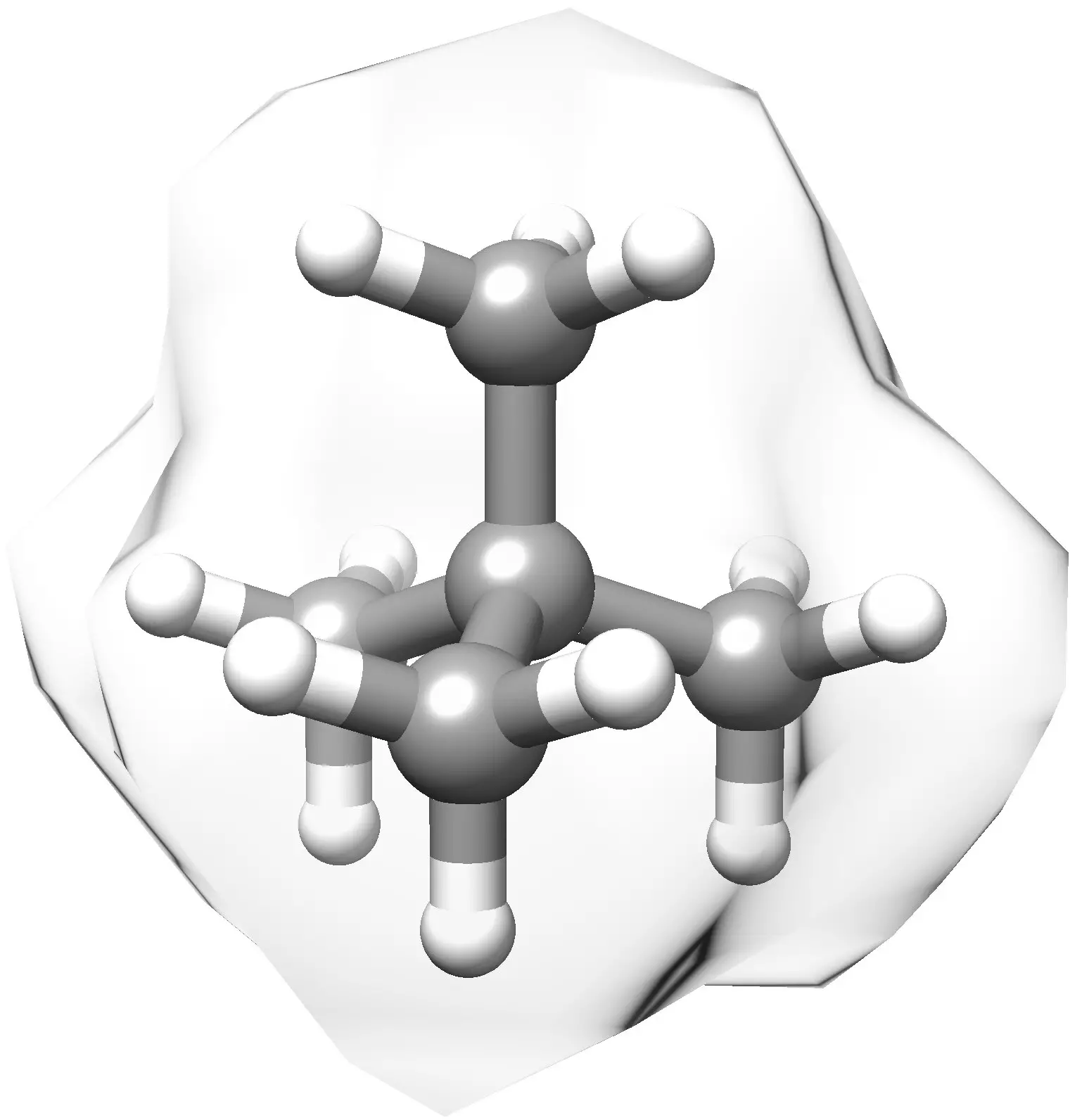Producing small molecule drugs, which are the active ingredients in many pharmaceuticals, has always been a challenging task in the field of organic chemistry. These molecules are bigger than water but much smaller than antibodies, mainly composed of carbon atoms. One of the major obstacles faced by chemists is the synthesis of molecules that contain quaternary carbons – carbon atoms bonded to four other carbon atoms. This requirement makes the synthesis process complex and often requires multiple steps, harsh conditions, and expensive catalysts.
Recently, scientists at Scripps Research have made a groundbreaking discovery in the field of drug development. In a study published in Science on April 5, 2024, the researchers have demonstrated a potential cost-effective method to produce molecules with quaternary carbons. By using a single, inexpensive iron catalyst, they were able to convert feedstock chemicals into quaternary carbons efficiently. This discovery has significant implications for drug developers as it can make the production of small molecule drugs cheaper and more accessible at both small and large scales.
Catalysts play a crucial role in accelerating chemical reactions and obtaining desired products. Traditionally, multiple catalysts were required to promote specific reactions, leading to complex reaction mixtures and increased costs. However, the Scripps Research team identified that a single catalyst could perform multiple essential roles in the conversion of carboxylic acids and olefins into quaternary carbons. This not only simplifies the reaction process but also reduces waste production and overall cost.
The study conducted in collaboration with the lab of senior co-author Phil Baran, emphasizes the importance of chemistry in modern technology and pharmaceuticals. The discovery of a simple and cost-effective method to produce quaternary carbons opens up new possibilities for drug synthesis, material science, and other research areas. The researchers believe that this breakthrough will have a significant impact on simplifying the practice of organic synthesis and advancing drug development.
With the continuous advancements in chemical research and collaboration among scientists, the future of small molecule drug production looks promising. The use of abundant and low-cost chemical feedstocks combined with efficient catalysts can revolutionize the pharmaceutical industry. The study conducted by Scripps Research not only sheds light on new transformations in organic synthesis but also highlights the potential for developing innovative drugs and technologies in the future.
The discovery of a potential cost-effective way to produce small molecule drugs with quaternary carbons is a significant milestone in the field of drug development. By simplifying the synthesis process and reducing production costs, this breakthrough has the potential to impact various research areas and accelerate the development of new pharmaceuticals and technologies.


Leave a Reply